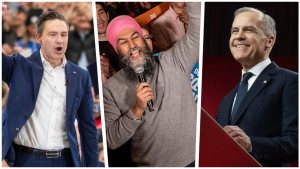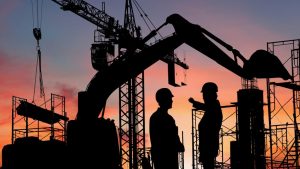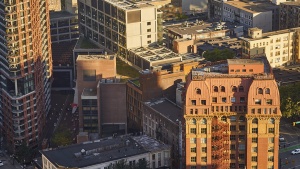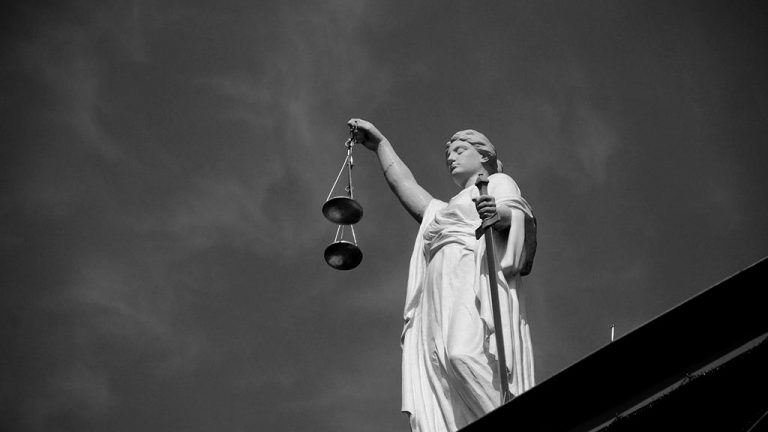Given the rising tide of development in the Downtown Eastside on the heels of the Woodward’s redevelopment pro-ject and others, Ron Yuen of Davidson Yuen Simpson Architects (which worked on one of the three Woodward’s proposals) asked how architects could preserve the essential character of communities experiencing a makeover.
Festival of Architecture
Architects encouraged to talk with local residents and respect their interests
Peter Mitham
Correspondent
During a presentation to the Urban Development Institute earlier this year, Vancouver’s outgoing co-director of planning Larry Beasley told developers that the days of going up against communities to develop sites are at an end.
“Fewer and fewer projects will be straight-forward,” Beasley told developers, arguing that future designs must incorporate benefits that acknowledge both private and public interests in projects.
A panel discussion with architect Michael Pyatok and designer Steve Badanes of Seattle, and Vancouver architect Sandy Hirshen on architecture, advocacy and community at the 2006 Festival of Architecture in Vancouver reinforced this point.
Responding to a question from an architectural student who asked them how they would approach a neighbourhood such as Vancouver’s Downtown Eastside, the trio said professionals who want to make a difference in such areas must listen to the needs of the residents and respect their interests.
“Talk to as many people as possible,” Pyatok said, suggesting that if a team of architects conducts a studio in a community for a week and hopes to see some results, it should spend at least five days listening.
Badanes said the knowledge and expertise architects bring to communities should be sufficient to make a difference, but he wasn’t sure those skills could exist in isolation from the community.
Speaking of his experience with the Neighbourhood Design/Build Studio at the University of Washington in Seattle, Badanes had noted earlier in the day that architects who want to make a positive change should engage the residents of communities they seek to serve, employ local crafts people where possible and remember their responsibilities to the group with which they’re working.
Given the rising tide of development in the Downtown Eastside on the heels of the Woodward’s redevelopment pro-ject and others, Ron Yuen of Davidson Yuen Simpson Architects (which worked on one of the three Woodward’s proposals) asked how architects could preserve the essential character of communities experiencing a makeover.
“It’s very hard to stem it,” Pyatok said, before adding: “If there’s any obnoxious things in there, try to keep them around.”
Hirshen, a resident of the Downtown Eastside, said much depends on the tone the city sets. Right now, he said the city lacks a clear set of guidelines for its future development, something that’s critical as it seeks a new director of planning.
“Vancouver city council really hasn’t set a policy for how it wants the city to develop over the next 20 years,” Hirshen said.
Speaking more generally, Badanes said developments in communications technology have helped undermine the public realm over the past 20 years.
People are more insulated than ever from each other, but a renewed emphasis on density as transportation networks respond to higher energy costs will force people to live in close proximity with one another again.
“I think the challenge that we’ve got to get a handle on is buildings,” he said, noting that architects must be ready to design for the new emphasis on community.
“Density is going to be forced on us whether we like it or not.”
“If there’s any obnoxious things in there, try to keep them around.”
Michael Pyatok










Recent Comments
comments for this post are closed